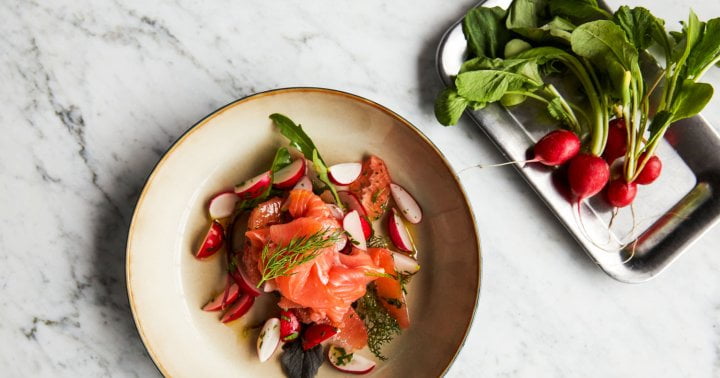The “Best” Food Source Of Vitamin D Might Not Actually Be Delivering Enough

In a world of nutrition science and advice that seems riddled with conflicting opinions and open-ended questions, there’s one fact you can hang your hat on: Vitamin D is important for a whole slew of body functions*—and almost none of us are getting enough. (An alarming 41% of American adults are clinically insufficient, meaning they’re in the danger zone for straight-up deficiency—and the health consequences that come with it*.)
And though you might think your healthy eating habits excuse you from thinking too much about whether you’re low in the sunshine vitamin, well, we’ve got a bit of a reality check for you: They don’t.
You see, when it comes to vitamin D, the whole “food first” concept fails, says mbg director of scientific affairs Ashley Jordan Ferira, Ph.D., RDN. If we rely on natural food sources of vitamin D alone, 100% of Americans over the age of 2 fail to consume just 400 I.U. of vitamin D per day.
Just how much of a problem is that, really? A pretty big one. A little simple math based on landmark pharmacokinetic research reveals that we actually need a minimum of 3,000 I.U. per day to avoid vitamin D deficiency.* So, even if we all ate 400 I.U. of vitamin D per day, we’d still be less than 15% of the way there.
Plus, that’s not even really the goal. Five thousand I.U. per day is what’s truly necessary to achieve and maintain more optimal vitamin D status for life, according to collective science and clinical experts.*
This article was originally published by mindbodygreen.com. Read the original article here.




